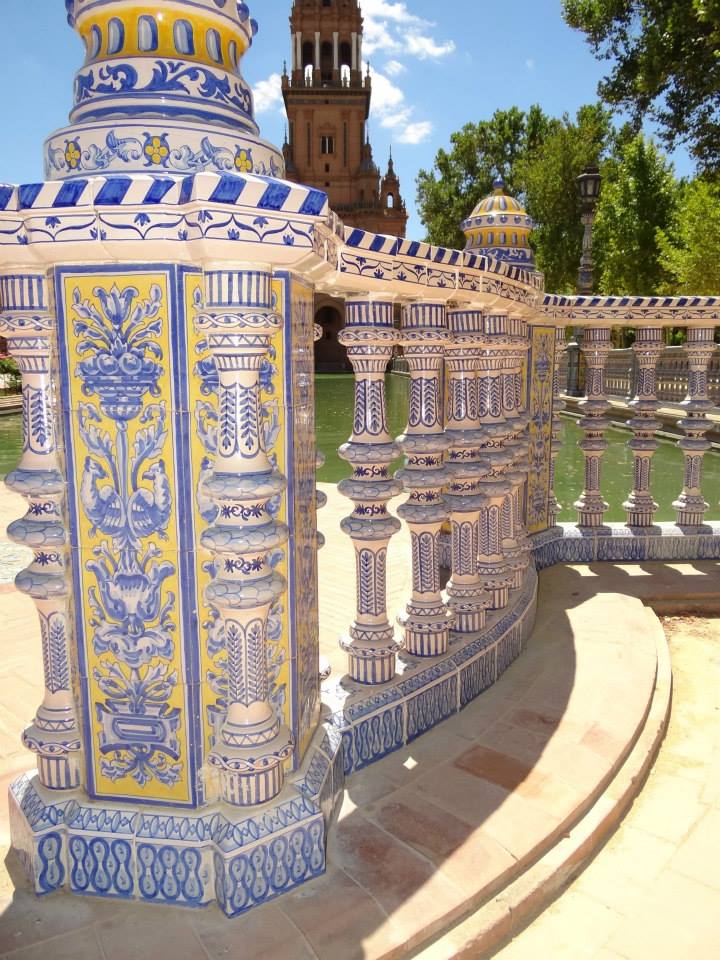
Seville is one of the most beautiful cities I have visited.
Seville is the capital of Andalusia in Spain, located in the southern part of the country. It experiences the hottest summers in continental Europe, with an average temperature of 97°F. If you visit during the summer, make sure to dress lightly because it can get very hot. However, if you’re used to the scorching summers of Texas, then you might find it tolerable.
Seville exudes a romantic vibe. The people of Seville are passionate and open about their emotions. The city boasts beautiful Moorish architecture, vibrant colored buildings, bullfighting, and Flamenco. Everywhere you turn, you can sense the rich history.
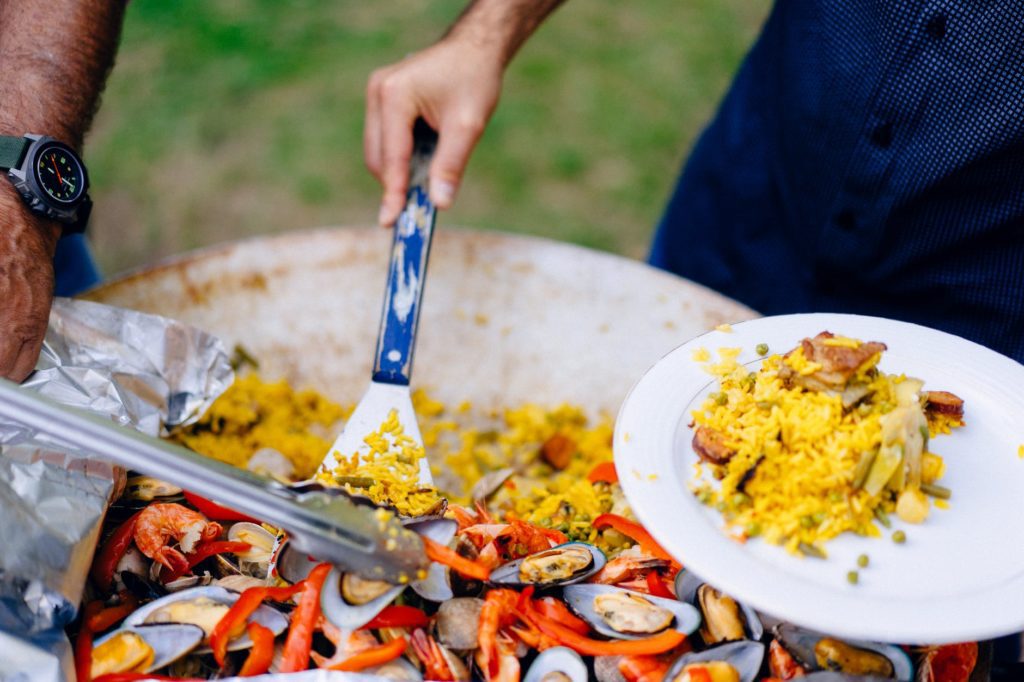
There are plenty of places to try delicious food, including paella, tapas, stewed bull’s tail, Ensalada sevillana, clams marinara style, fried fish, codfish (my preferred dish) with tomato sauce, and much more.
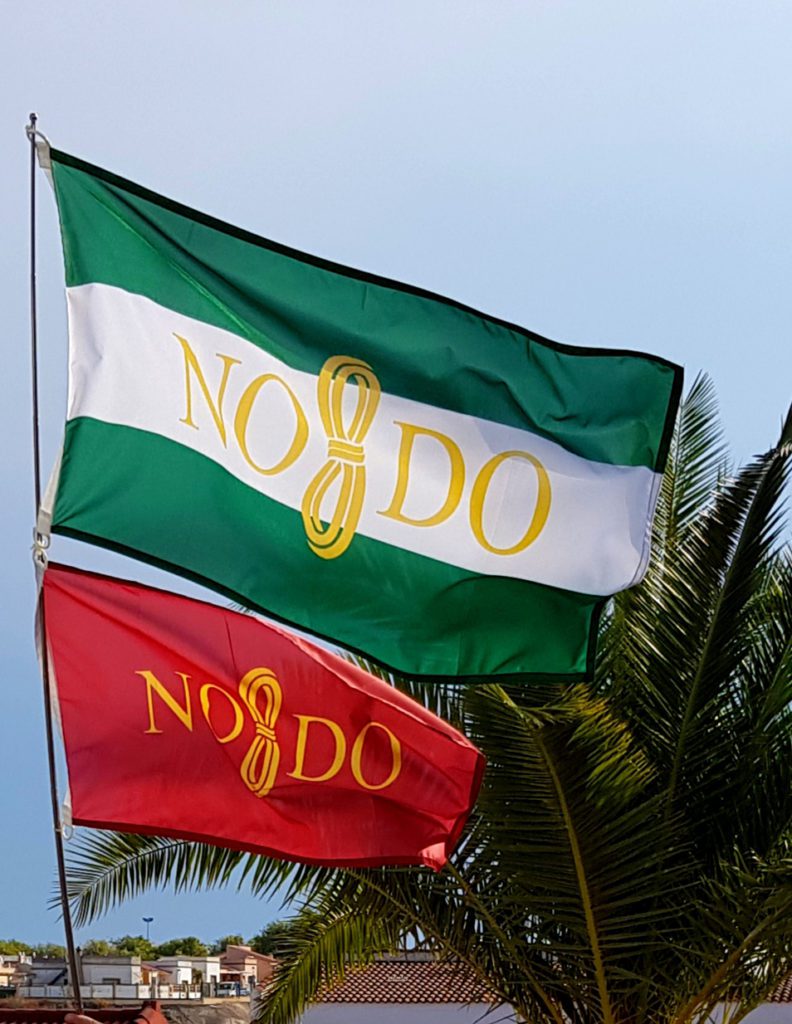
Seville has an interesting Motto:
NO8DO is represented by combinations of individual letters and a number eight in the middle, representing the word Madeja. The meaning is “No me ha dejado” (She [Seville] has not abandoned me). Legend says that in the 13th century, King Alfonso X lived in Alcázar and was supported by the citizens when his son, who later became Sancho IV of Castile, tried to take the throne from him.
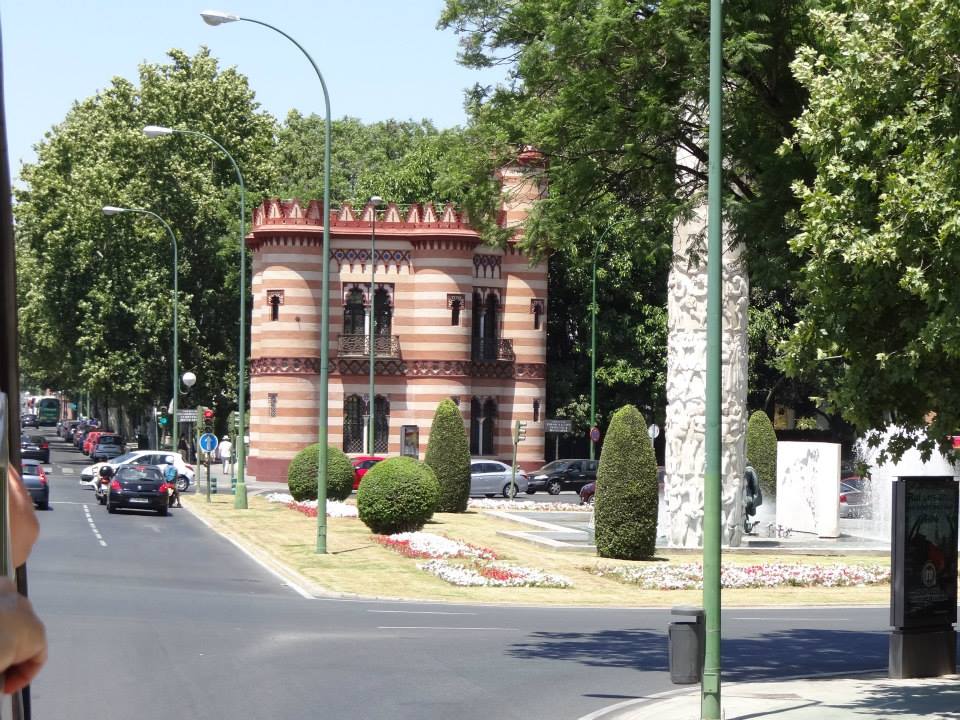

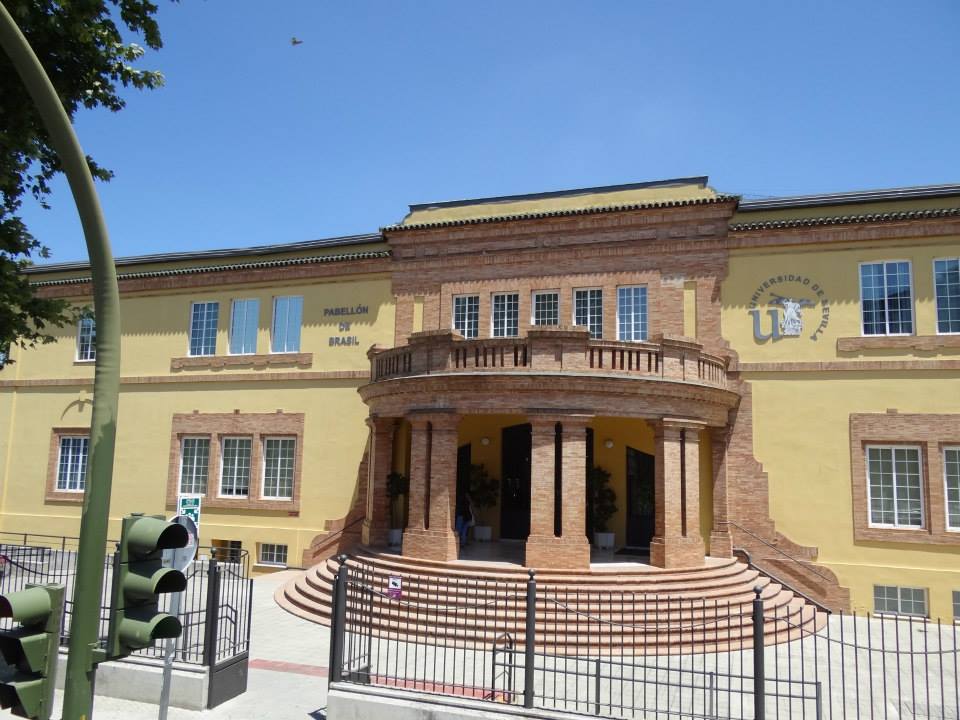
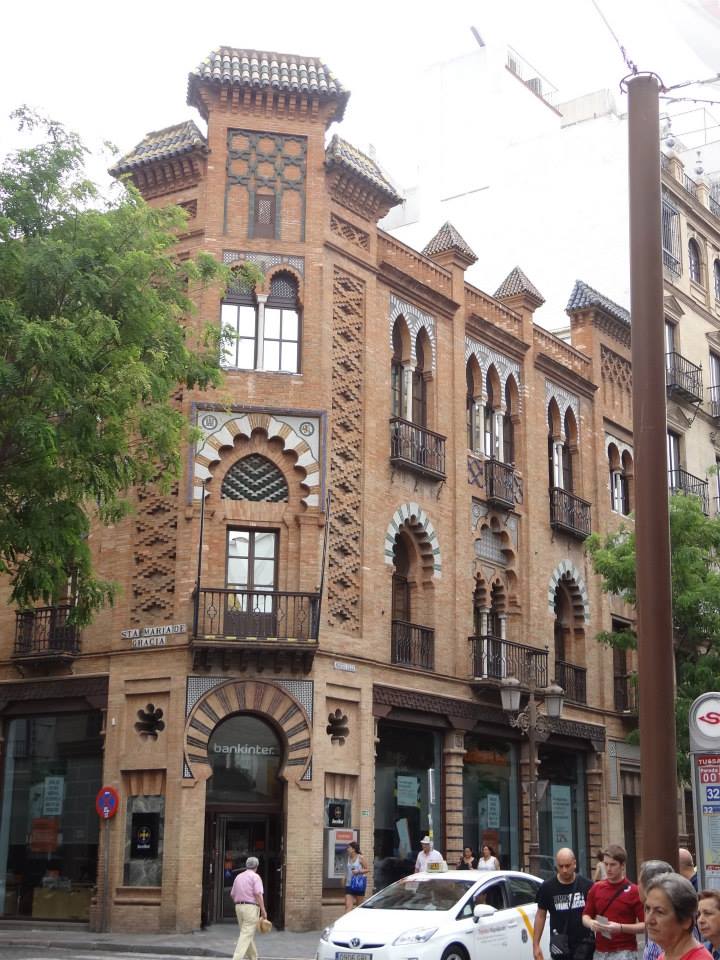
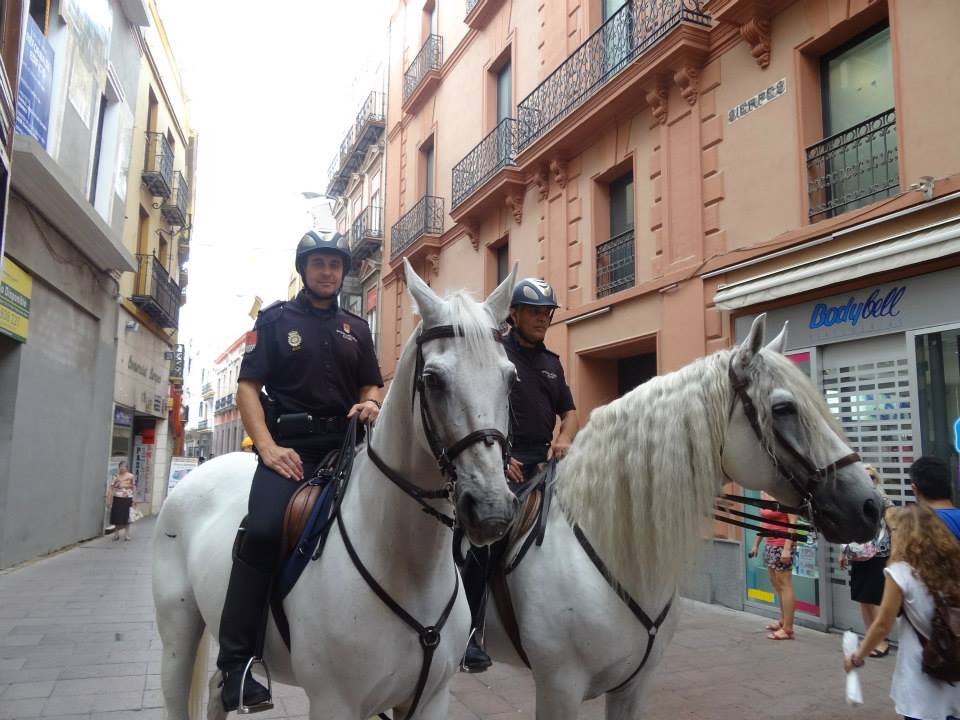
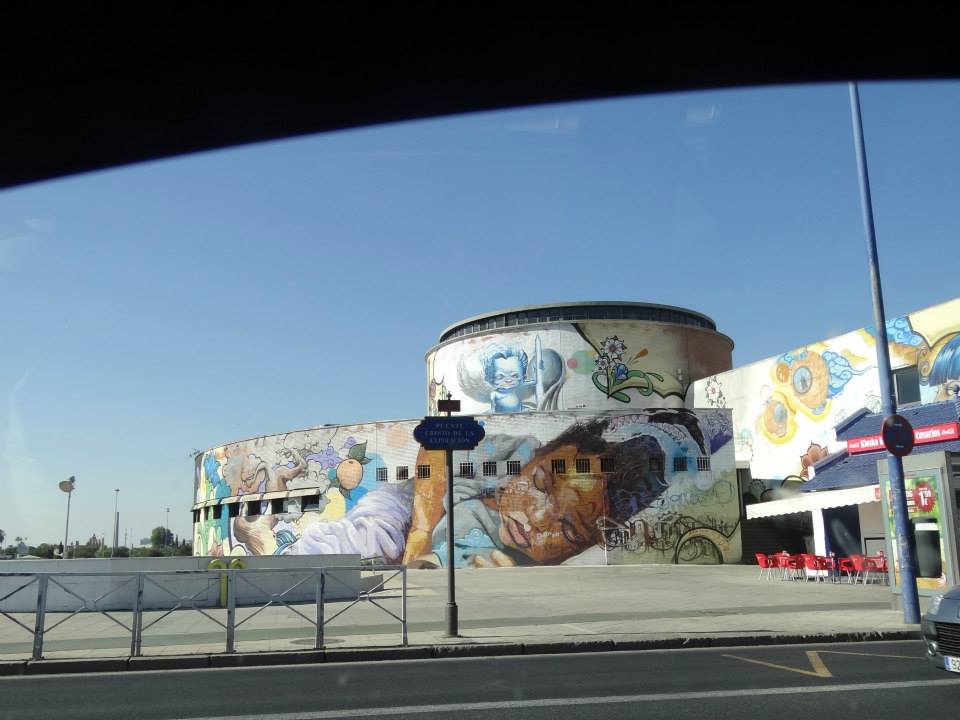
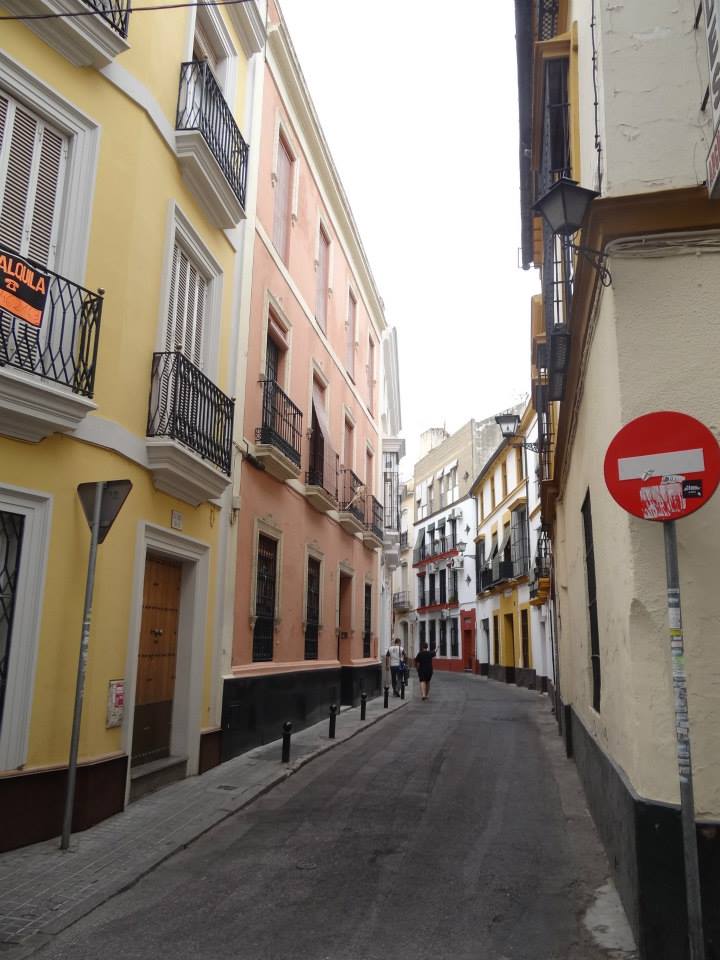
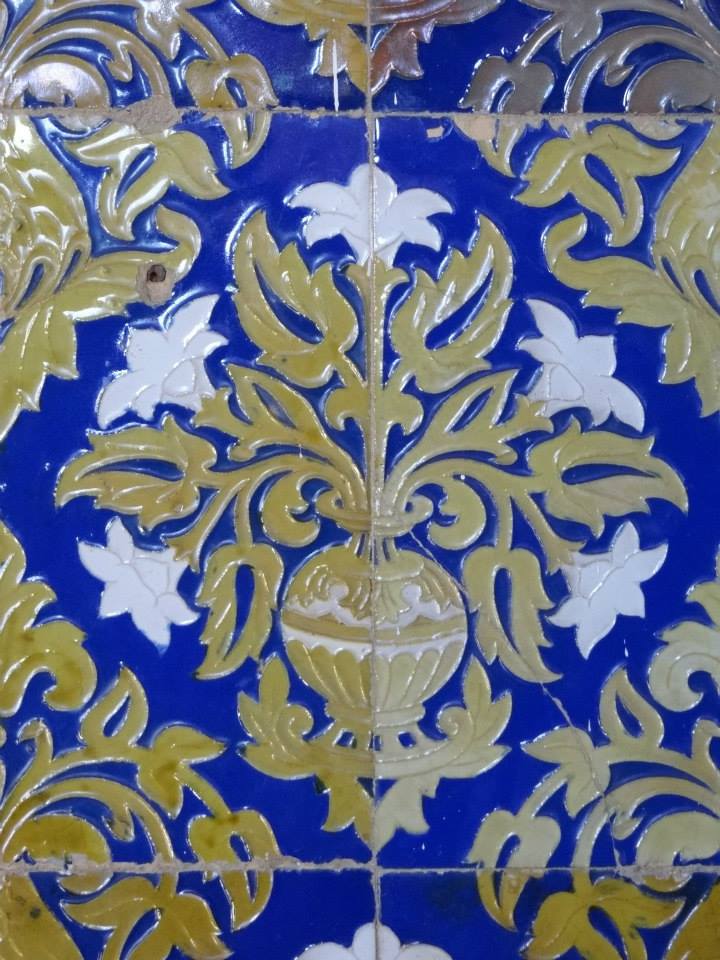
Interesting facts about Seville

Why is it called Torre del Oro?
The tower was built using a mixture of mortar, lime, and compacted hay. It emanates a golden glow when the sunlight reflects off the river.
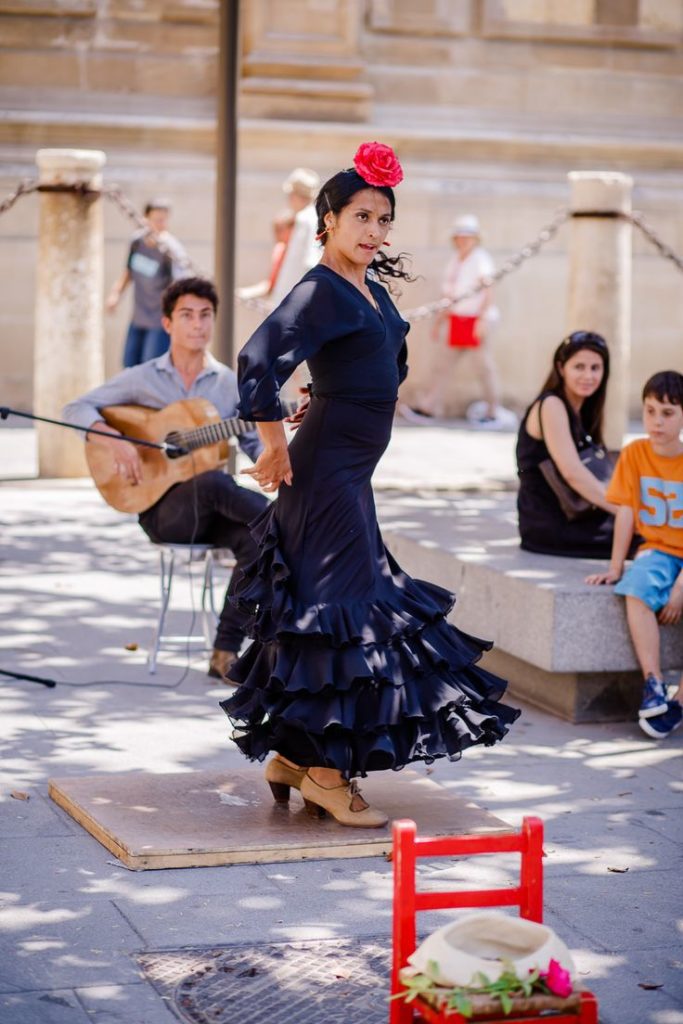
Did you know that the flamenco costumes originated from the gypsies?
The traditional flamenco clothing originated from the Spanish gypsies in the 19th and 20th centuries. Flamenco can be traced back to nearly five hundred years ago in Andalusia. Even though it has Spanish origins, various influences such as Latin America, Cuba, Jews, Romans, and the Moors have impacted this tradition. The nomadic gypsies introduced the rhythms and musical instruments when they arrived in Spain.

Did you know Seville is home to the classic 1962 Lawrence of Arabia movie? It was filmed in many locations in the city.
Seville also serves as the home for the kingdom of Dorne from Game of Thrones. Furthermore, the Plaza de Espana recently featured in Star Wars Episode II: Attack of the Clones.
Did you know Tapas was created in Seville?
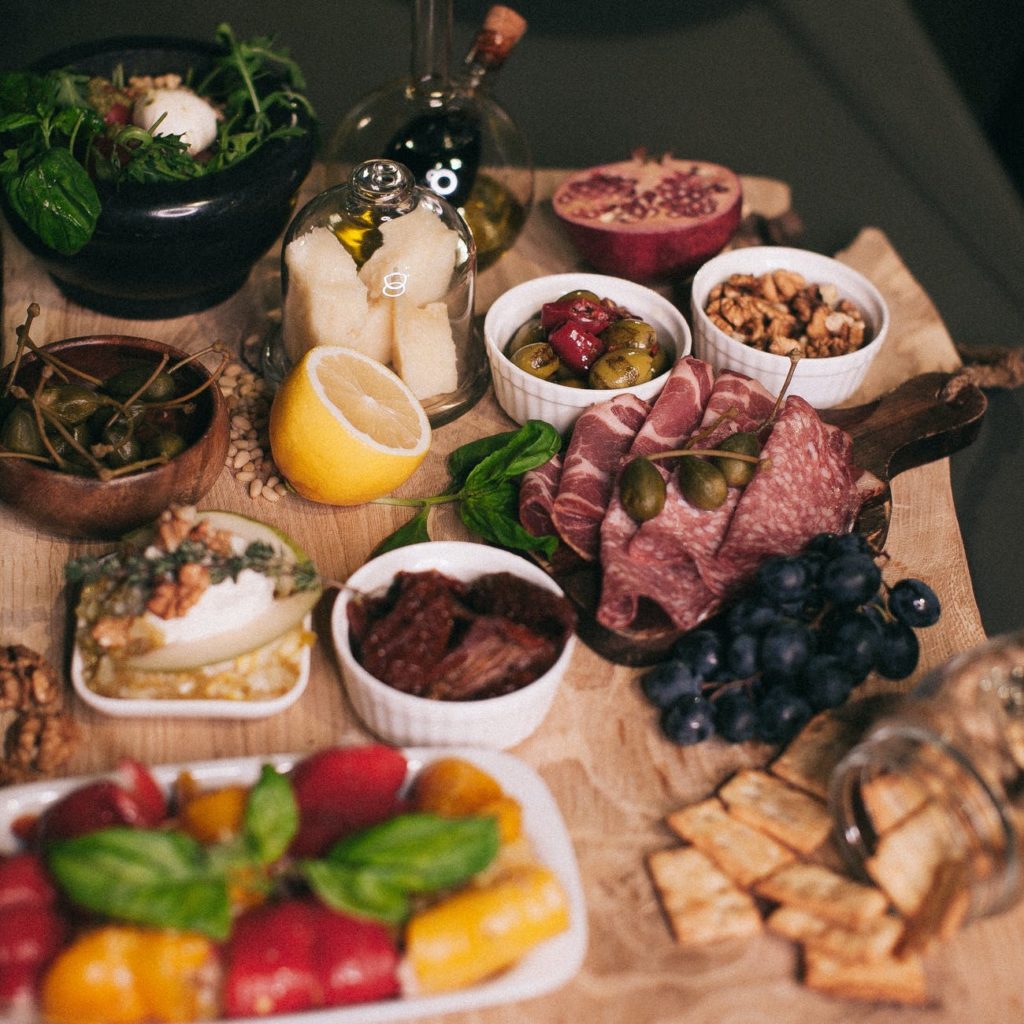
There are various explanations for the origins of tapas. In Spanish, “tapas” means “to cover” or “lid.” This tradition began in bars, where thin slices of bread, meat, or cheese were used to cover customers’ drinks, preventing flies and dust from getting into the glasses.
In the 13th century, during the reign of King Alfonso X, there was a popular legend about the king’s recovery from an illness. The legend states that he prescribed himself a large quantity of wine but ate only a tiny amount of food to reduce the effects of the alcohol. This method proved effective, so the king insisted that everyone should serve a small portion of food alongside their drinks to prevent public intoxication. Now you know the secret!
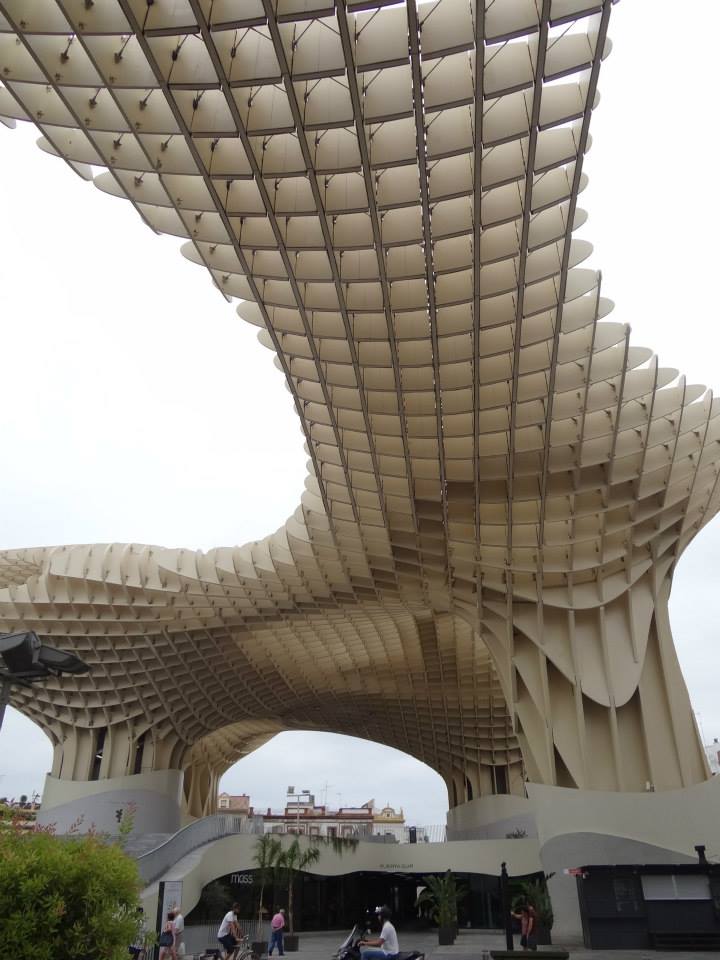
Did you know that Metropol Parasolis is the largest wooden structure in the world?
The idea of this structure was to offer shade in a sunny and hot city.
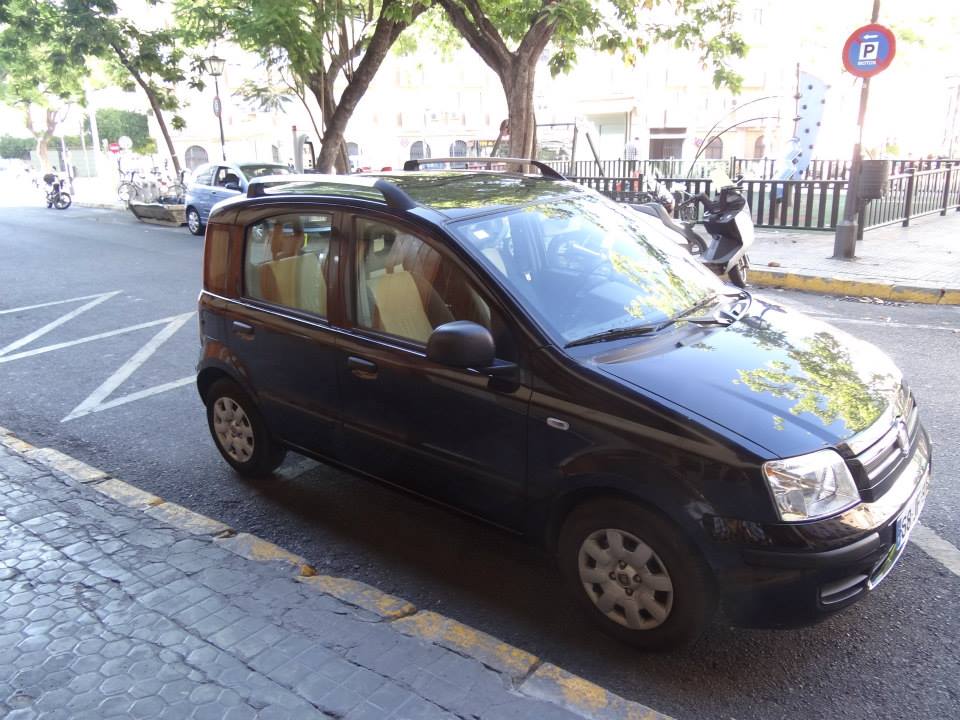
While in the Algarve, south of Portugal, we decided to spend a few days in Seville. This turned out to be a fantastic decision as Seville is an amazing city, and we had a wonderful time there.
We rent a car from Portugal. It’s a very small FIAT Panda, and it’s overused. We wonder if we would make it!! Seville is an old town. It had very tight roads, and they looked like a labyrinth. The GPS had a hard time keeping connected because the buildings being so close to each other would make the satellite connection. Once, the road was getting so tight we had to stop because the car wouldn’t fit. We laugh, and we laugh hard as we back out of this narrow street.
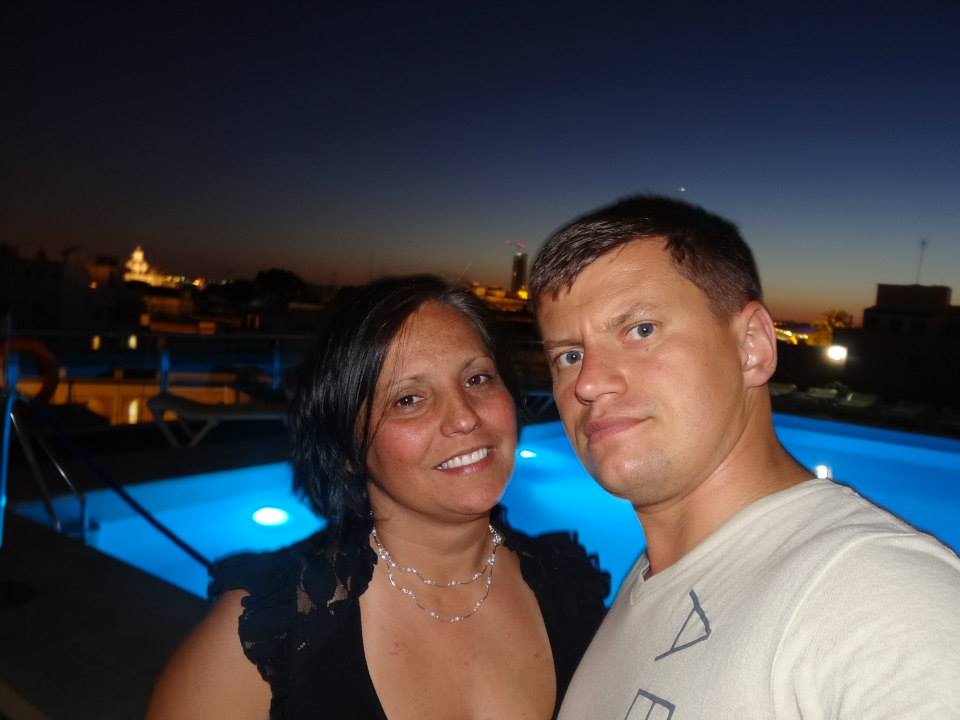
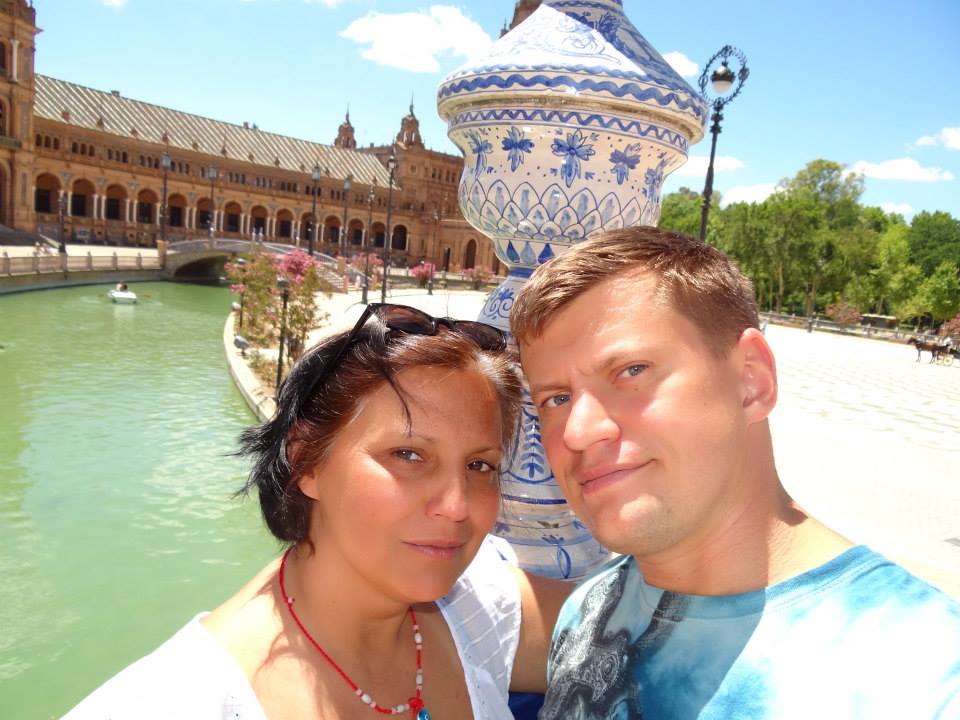
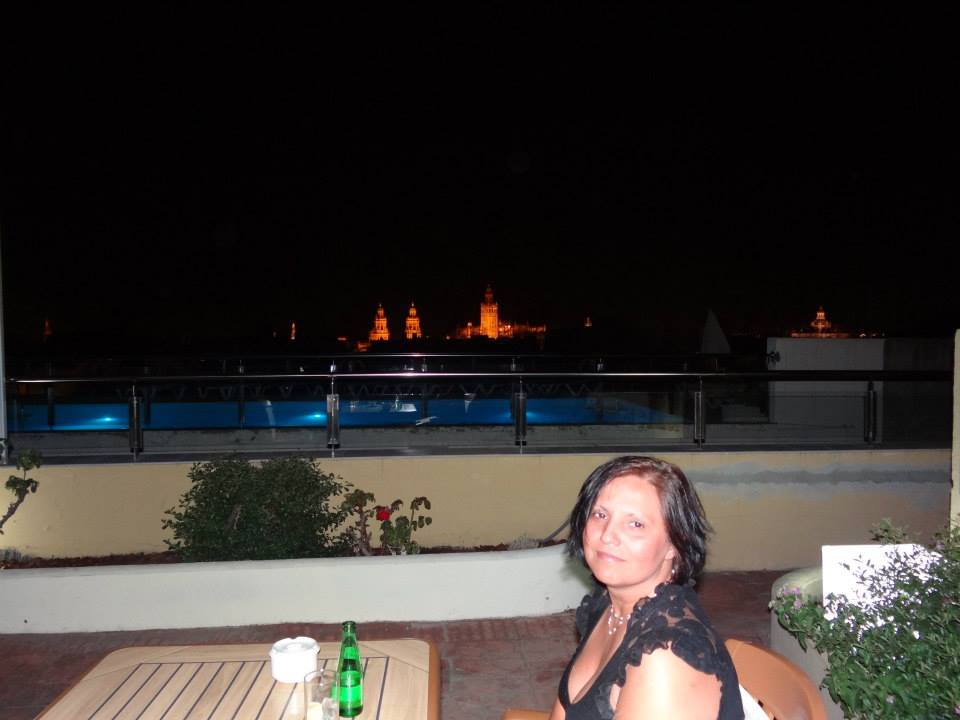

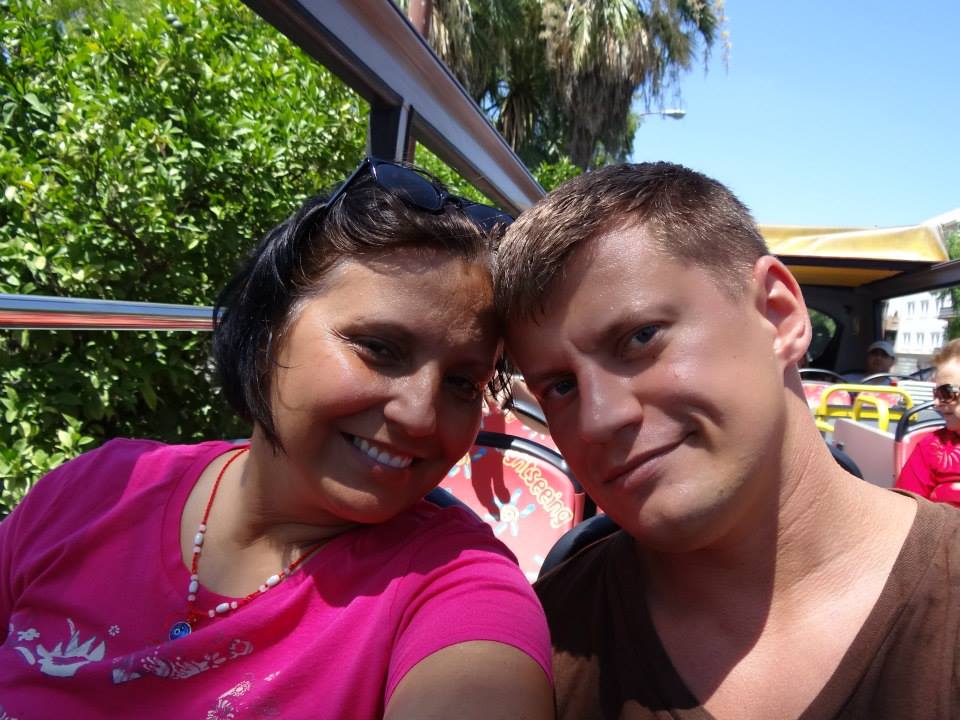
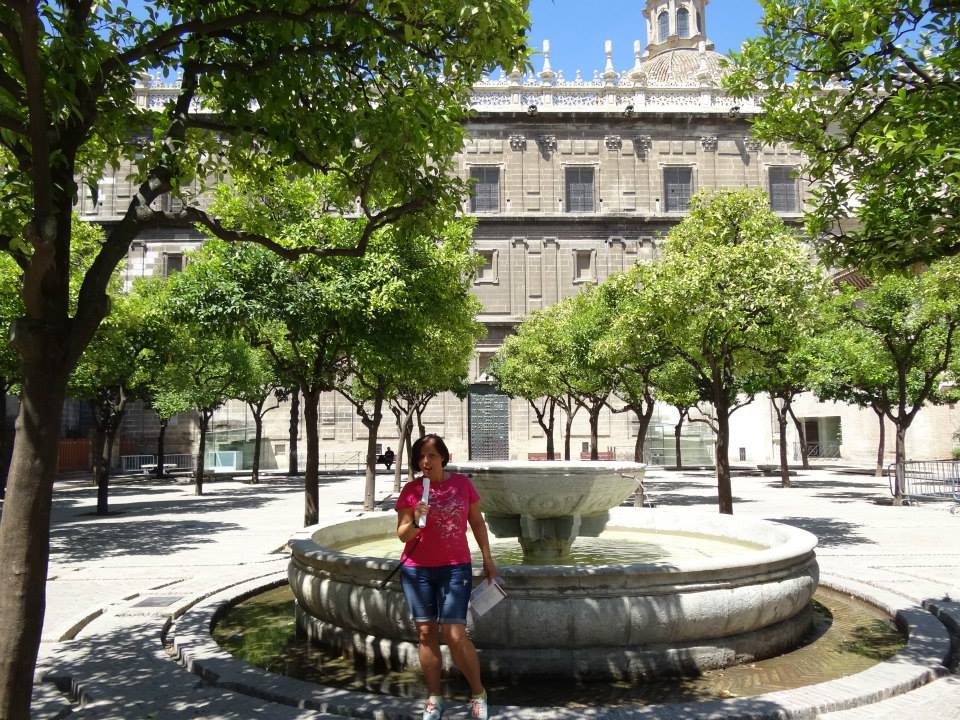
“We take photos as a return ticket to a moment otherwise gone”
– Katie Thurmes
We had a great time in Seville. I want to remind you not to let the gypsy ladies approach you and offer to read your palms. Even if you’re curious about what they have to say, do not take out your wallet because if they see money, the gypsies will try to charge as much as possible.
I suggest visiting small local restaurants instead of touristy ones, as the latter can be pricey and may not offer a true taste of authentic Sevillana cuisine.
Seville is a beautiful city full of charm.
My Ancestor story
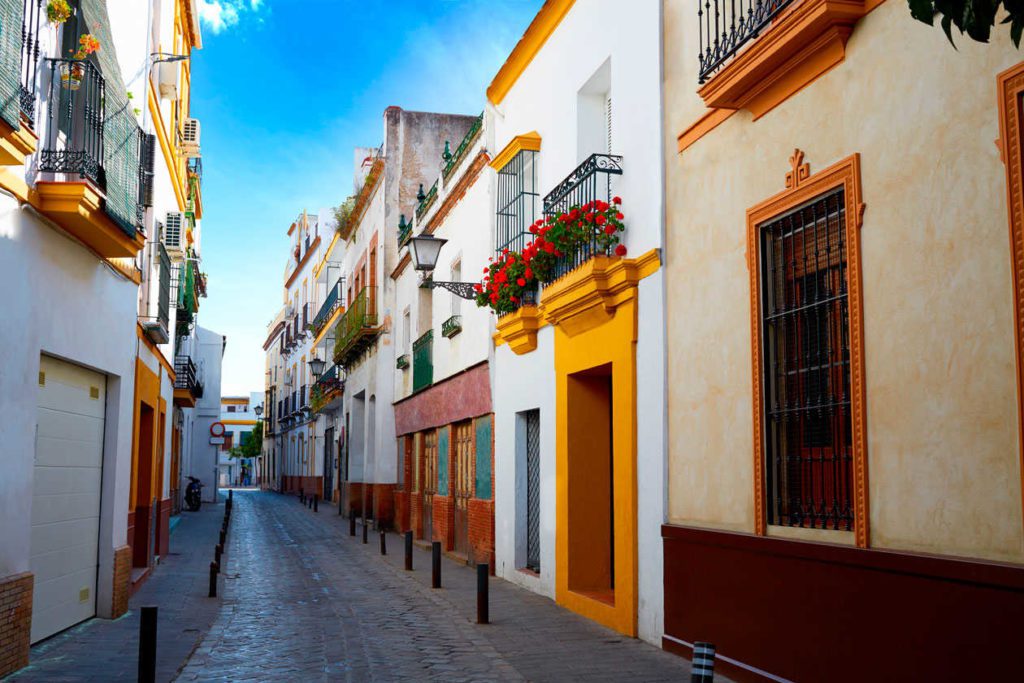
My ancestors are from Seville. After receiving my DNA test results from 23andMe and hearing some background history from my sister Julieta, I discovered that I come from Seville, specifically Patios de Triana. The story goes that my great-great-grandmother Dalila was a gypsy from Seville.
She was married and had a daughter. During the reign of King Alfonso XII (1874-1885), she had an affair with the king and was asked to take one of his illegitimate sons with her. She then decided to move to Portugal with her daughter, husband, and the royal infant.
Dalila settled in Lisbon and raised the boy as her son. According to my sister, who met him as a child, he was brilliant and became a hat and umbrella maker for the high society in Lisbon. I asked her what made our family think he was royalty. When he came with Dalila, the infant wore fine clothing with the royal Spanish realty code of arms embroideries. My great-great-grandmother never talked about the origin of the infant and never answered questions from curious neighbors.
I came across an interesting story and wanted to delve deeper into it. Apparently, Alfonso XII, the King of Spain, had a mistress named Elena Armanda Nicolasa Sanz y Martinez de Arizala, who was a Spanish opera singer. She had two sons with the king: Alfonso and Fernando.
Fernando became a French citizen after moving to France, and Alfonso reportedly died in Madrid. However, upon further research, I discovered information about a potential third son named Jorge Sanz, whose date and place of death are unknown. This led me to consider the possibility that he might be my relative. Jorge was born around 1875, while my great-grandmother Maria del Rosario was born in 1873. They were raised as siblings and were very close, which aligns with the dates.
This intriguing connection may or may not be true.
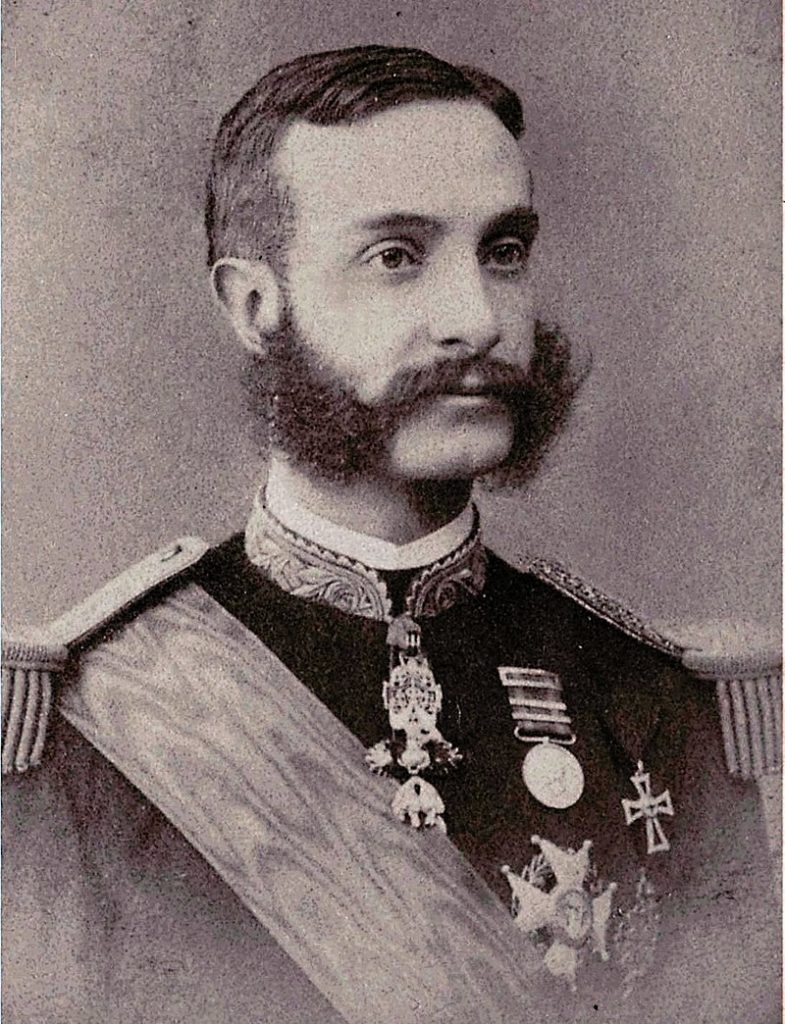
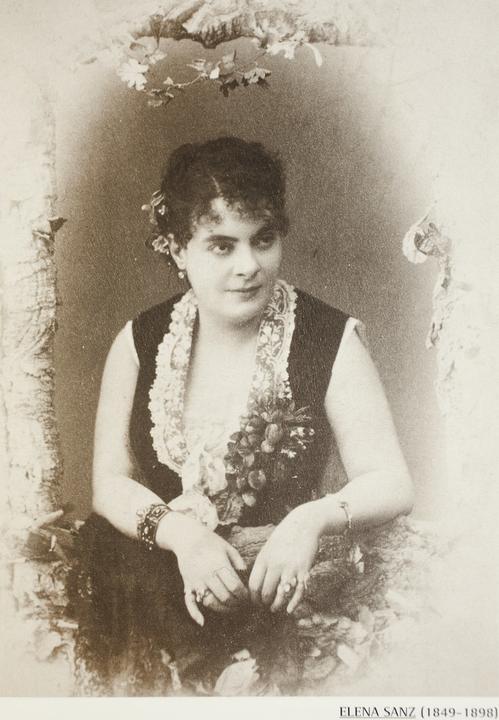
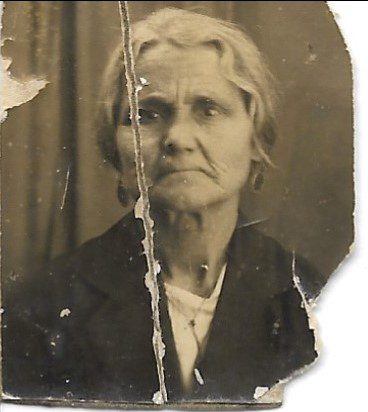
My great-grandmother, who was the daughter of Dalila, was named Maria del Rosario. At the age of 14, she married another gypsy from Toledo who was twice her age.
Maria initially had trouble conceiving but eventually had five children, one after the other: my grandfather Carlos and four more. Her husband passed away while the kids were still very young, and her “brother” helped her to raise them.
“To forget one’s ancestors is to be a brook without a source, a tree without a root.”
(Chinese proverb)

